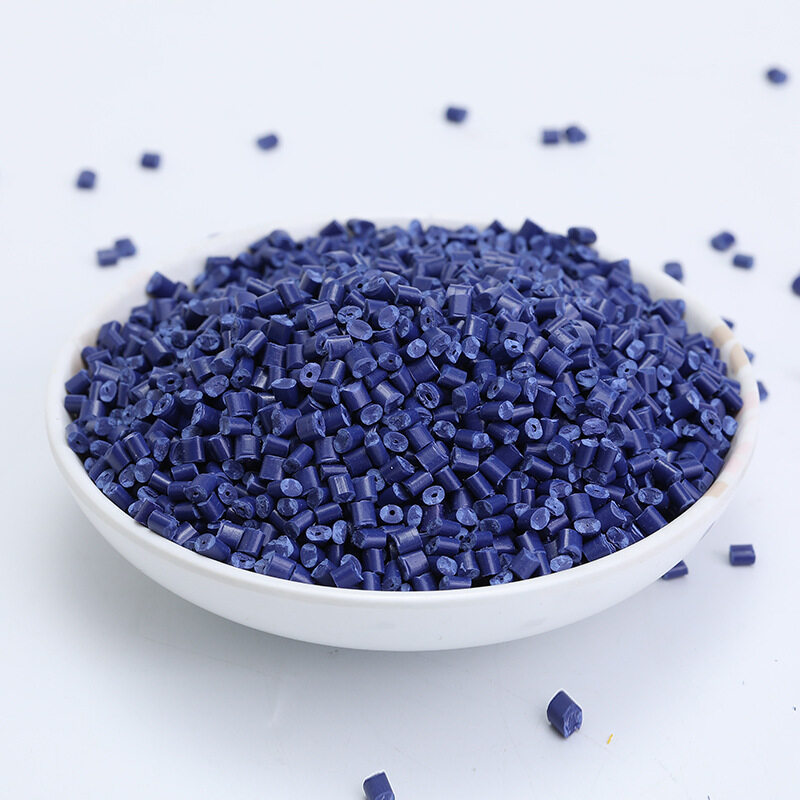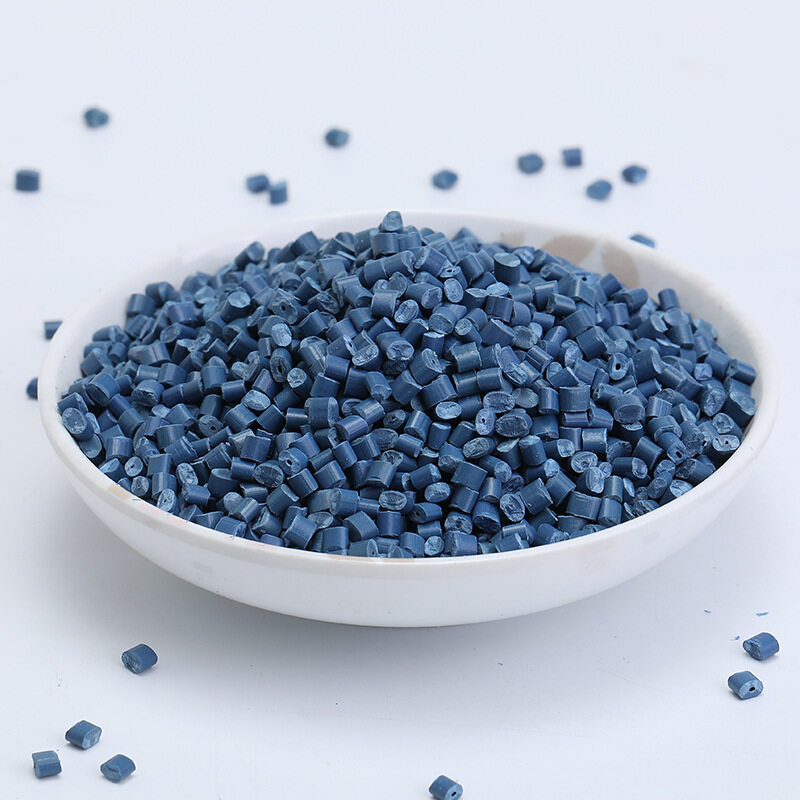Email format error
Email cannot be empty
Email already exists
6-20 characters(letters plus numbers only)
The password is inconsistent
Email format error
Email cannot be empty
Email does not exist
6-20 characters(letters plus numbers only)
The password is inconsistent

Offer Technical Support and Customized Solutions
The company is committed to creating new and improved plastic materials to meet the evolving demands of the market.

HIPS Compound: Properties, Applications, and Future Trends I
Introduction
HIPS compound, also known as High Impact Polystyrene Compound, is a versatile material that finds applications in various industries. It is a type of thermoplastic polymer that exhibits excellent impact resistance and good dimensional stability. In this blog, we will explore the properties, applications, and future trends of HIPS compounds.

Properties of the HIPS Compound
The HIPS compound possesses several key properties that make it suitable for a wide range of applications. Firstly, it has high impact resistance, which means it can withstand sudden shocks and impacts without breaking or cracking. This property makes it ideal for applications where durability is crucial. Secondly, HIPS compound has good dimensional stability, ensuring that the material retains its shape and size even under varying temperature and humidity conditions. Additionally, it has good chemical resistance, making it resistant to many common chemicals. HIPS compound also exhibits good electrical insulation properties, making it suitable for electrical and electronic applications.
Applications of the HIPS Compound
The HIPS compound finds applications in various industries due to its unique properties. In the automotive industry, it is used for manufacturing interior components such as dashboards, door panels, and trim parts. Its impact resistance and dimensional stability make it ideal for these applications. In the electronics industry, HIPS compound is used for producing housings and enclosures for electronic devices. Its electrical insulation properties and good dimensional stability make it a suitable choice. HIPS compound is also widely used in the packaging industry for manufacturing containers, trays, and blister packs. Its impact resistance and versatility in colour and appearance options make it popular in this sector.
Comparison with Other Composite Materials
Compared to other composite materials, HIPS compound offers several advantages. Firstly, it is cost-effective, making it a preferred choice for many applications. Secondly, it is lightweight, which is beneficial for industries where weight reduction is a priority. Additionally, HIPS compound can be easily processed using conventional methods such as injection moulding, extrusion, and thermoforming. This ease of processing sets it apart from other composite materials that may require specialised techniques.
Preparation of HIPS Compound
The preparation of HIPS compound involves blending polystyrene with a rubber component, typically polybutadiene or styrene-butadiene rubber. This blending process can be done using various methods, such as melt blending or solution blending. The rubber component enhances the impact resistance of the final compound.

Physical and Chemical Properties of the HIPS Compound
The HIPS compound exhibits a density range of 1.03–1.06 g/cm3, a melting point of approximately 200–220 °C, and a glass transition temperature of around 90–100 °C. It is insoluble in water but soluble in many organic solvents. The HIPS compound is also characterised by its high tensile strength, good flexural strength, and low moisture absorption.
Advantages and Disadvantages of the HIPS Compound
HIPS compound offers several advantages, including excellent impact resistance, good dimensional stability, ease of processing, and cost-effectiveness. It is also available in a wide range of colours and finishes, providing design flexibility. However, HIPS compounds have some limitations, such as limited resistance to heat and UV radiation. It may also exhibit poor chemical resistance to certain solvents.
Heat Resistance of the HIPS Compound
The HIPS compound has moderate heat resistance, with a melting point ranging from 200 to 220°C. While it can withstand moderate temperatures, it may deform or soften at higher temperatures. Therefore, it is important to consider the operating temperature range when selecting HIPS compounds for specific applications.
Chemical Resistance of the HIPS Compound
The HIPS compound exhibits good resistance to many common chemicals, including acids, alkalis, and alcohols. However, it may be susceptible to certain solvents, such as aromatic hydrocarbons and ketones. It is advisable to conduct compatibility tests with specific chemicals before using HIPS compound in chemical-resistant applications.

